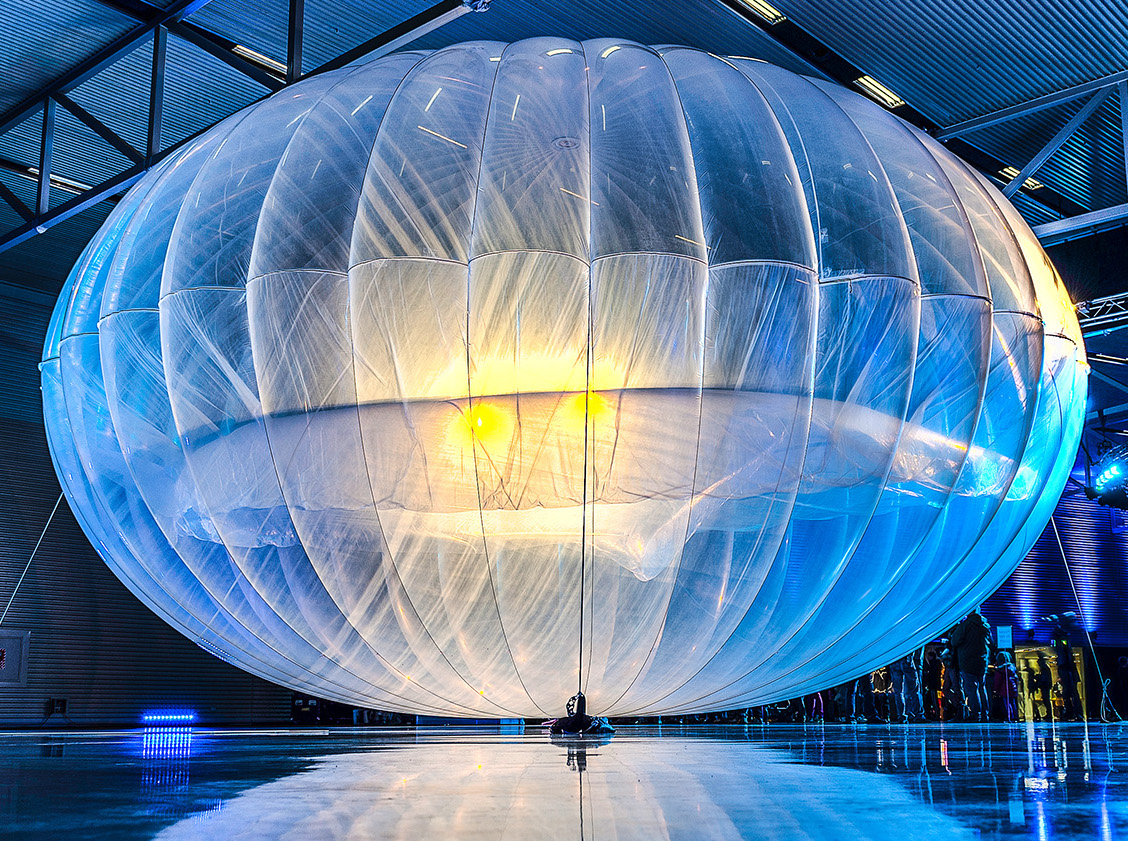Loon Balloons: Delivering Internet From the Clouds

For many, the internet is a constant, invisible presence. This powerful network allows people to connect through social media, check the weather, or even further their education. For this privileged group, complaints about slow Wifi are commonplace and accepted. This constant exposure often produces an incorrect assumption that the internet is always available. In certain areas, however, connecting to the internet is impossible. In fact, almost half of the world’s population lacks basic internet and all of its subsequent benefits—informational, communication and entertainment. However, Loon, a subsidiary of Google, has developed a unique solution to this problem. Thanks to Loon, balloons can deliver an internet connection to remote areas from the stratosphere.
How It Works
From afar, Loon balloons look like high-tech hot air balloons. On closer inspection, it becomes clear just how complex the technology is. Each balloon is about as big as a tennis court; the material is a thin layer of polyethylene that allows the device to float above the clouds. The other components of the balloons are referred to as the “bus” and the “payload” by Loon. The bus contains navigational technology, while the payload is essentially a small cell tower that interacts with devices in the area.
Multiple balloons work together to create a network in the sky. This establishes the ability to communicate with ground stations thousands of miles away, making it possible to deliver an internet connection to remote areas without having to construct new infrastructure. The balloons’ maneuverability also helps to expand the area of coverage. Additionally, aerial coverage as opposed to ground coverage reduces operational costs. The result is an efficient network that has offered internet coverage across 40 million kilometers of the world.
Loon Projects in Kenya
As Loon’s CEO told the New York Times, Loon partnered with Telkom Kenya to “begin [a] new era of stratospheric communications.” With this partnership, Kenya aims to encourage technological advances in its nation as well as expand connectivity networks. Earlier this month, the results were encouraging. Over 35,000 people connected to Loon balloons and were granted internet connection, some of which were from remote villages previously cut off from the myriad of services on the internet. Internet connection has become more vital than ever amid the COVID-19 pandemic; millions are staying home and relying on technology for work, education and entertainment. In these times of crisis, Loon balloons in Kenya offer an important solution for rural areas needing access to educational materials and virtual resources.
Natural Disaster Aid
Loon balloons can also be an important asset during natural disasters. This was exemplified in 2017 when Peru and parts of the Amazon experienced severe flooding. The rain and floods disabled ground infrastructure and left people stranded without communication. An internet connection was necessary to identify those who needed help and to bring aid to certain areas. The balloons, safe above stormy clouds, were then sent in to provide internet access during this natural disaster.
Extended launch hours allowed Loon balloons in Peru to be launched 40% faster to accommodate the emergency situation, and this solution was both successful and revolutionary. These balloons brought the internet to tens of thousands of people suffering in flood zones, allowing for the organization of aid efforts as well as communication between families.
Loon balloons have the ability to erase disparities in internet access. This technology can greatly increase the percentage of the world with access to the internet. This organization proves that help can sometimes come from the most unexpected of places: in this case, the clouds.
– Abigail Gray
Photo: Wikimedia Commons
